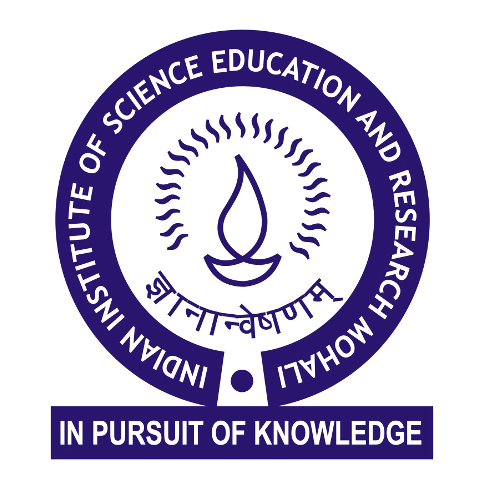Events Calendar
Low complexity (biomolecular) sequences and their role in condensate formation
Friday 24 May 2024, 10:00am
Dr. Hiranmay Maity, Postdoctoral research fellow, State University of New York at Buffalo, NY, USA
Zoom Link
Zoom Link
Location : Online
Abstract: Low-complexity sequences (LCSs), enriched in specific amino acid residues or nucleotides, are prevalent in proteomes and transcriptomes. These sequences are critical in forming biomolecular condensates/non-membraneous organelles [1,2] and are implicated in pathological and neurodegenerative diseases [3]. LCSs lack stable secondary or tertiary structures and exhibit an ensemble of heterogeneous conformations under ambient conditions. Additionally, physicochemical factors such as temperature, pressure, pH, salts, and osmolytes perturb the conformational ensembles of the LCSs, making it challenging to decipher them using experiments and simulations. Moreover, understanding the link between conformations populated in the ensemble and their propensity for higher-order assembly formation remains elusive.\nWe developed coarse-grained models for RNAs [4,5] and intrinsically disordered proteins (IDPs) [6] to study the above-mentioned problems using computer simulations. These models help bridge the timescale between experiments and simulations [4-6], facilitating the computation of their thermodynamic properties for direct comparison with the experiments. Using these models, we characterized the conformational ensemble of CAG repeat RNAs, (CAG)n, and established a framework for predicting their propensity to self-assemble. We further studied how salts influence the conformational ensemble of IDPs. Conventional models are limited to predicting the IDP behavior only in low salt concentrations ( 1 M). The model we developed captures salt-specific effects across a wide range of concentrations and predicts the IDP behavior depending on the polymer class it belongs to. These computational models offer valuable insights into the conformational transitions exhibited by RNA, protein, or RNA-protein systems and their role in phase separation phenomena.\n\nMeeting ID: 944 9592 4703\nPasscode: 983318\n\n
website policy
Connect with us
IISER Mohali, Knowledge city, Sector 81, SAS Nagar, Manauli PO 140306
Telefax : 2240266, 2240124
-
+91 - 172 - 2240266
- +91 - 172 - 2240266


